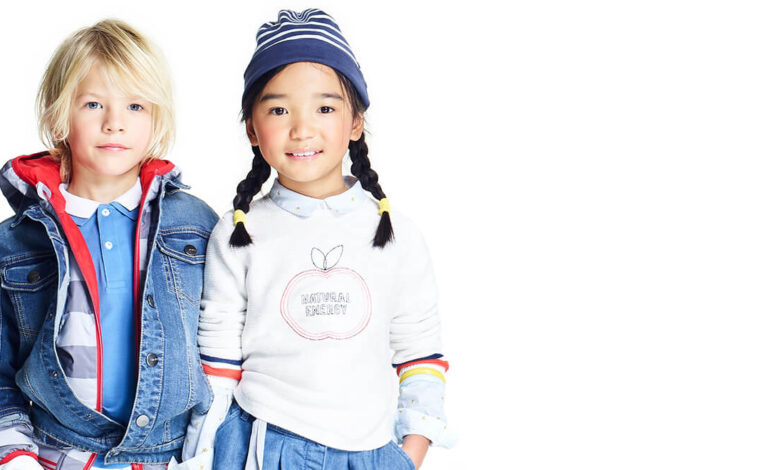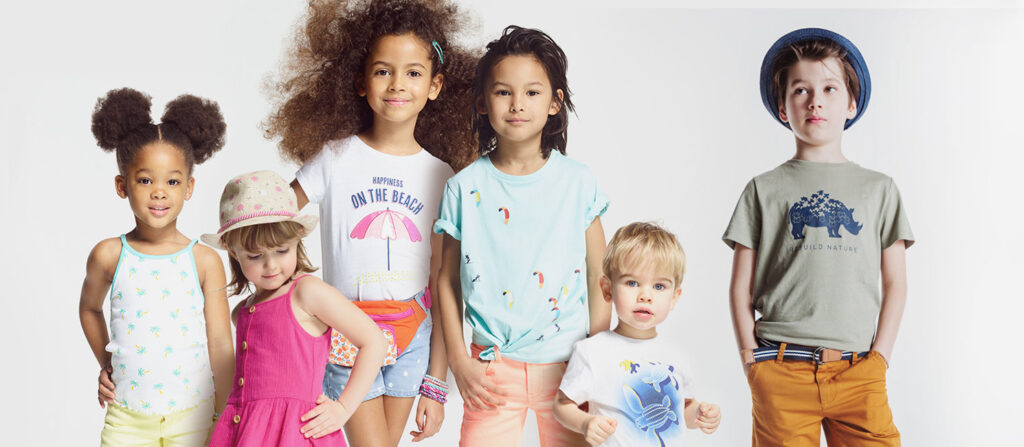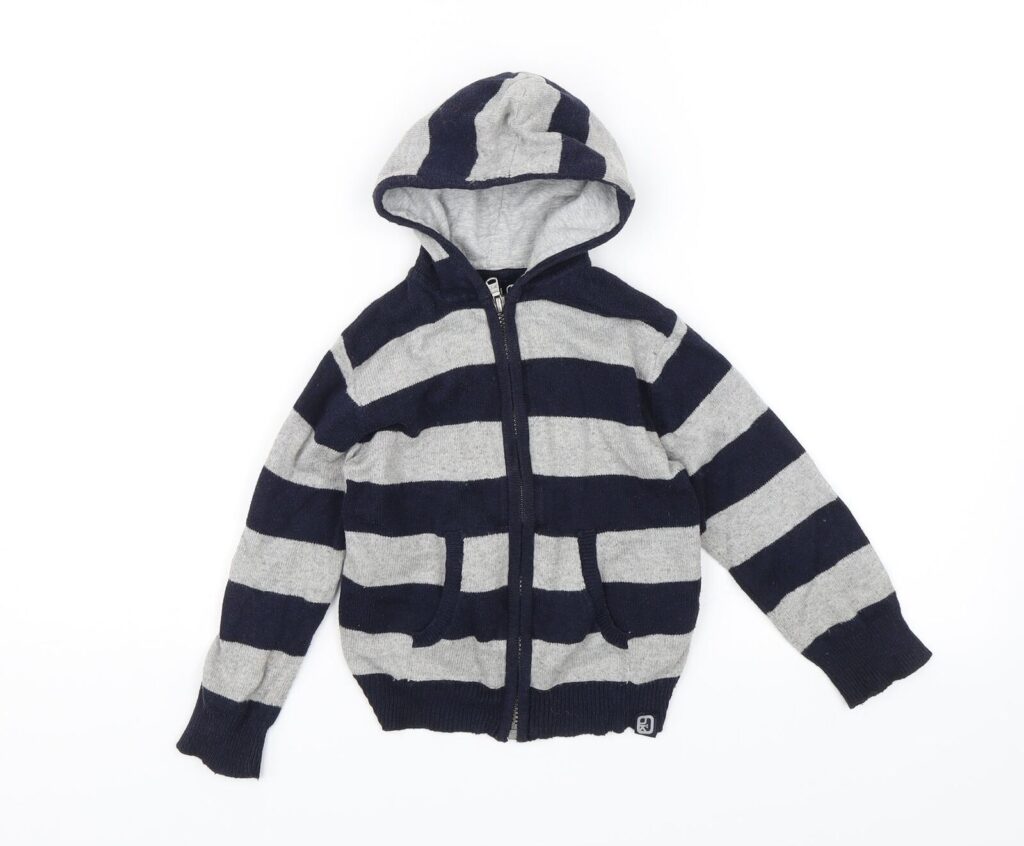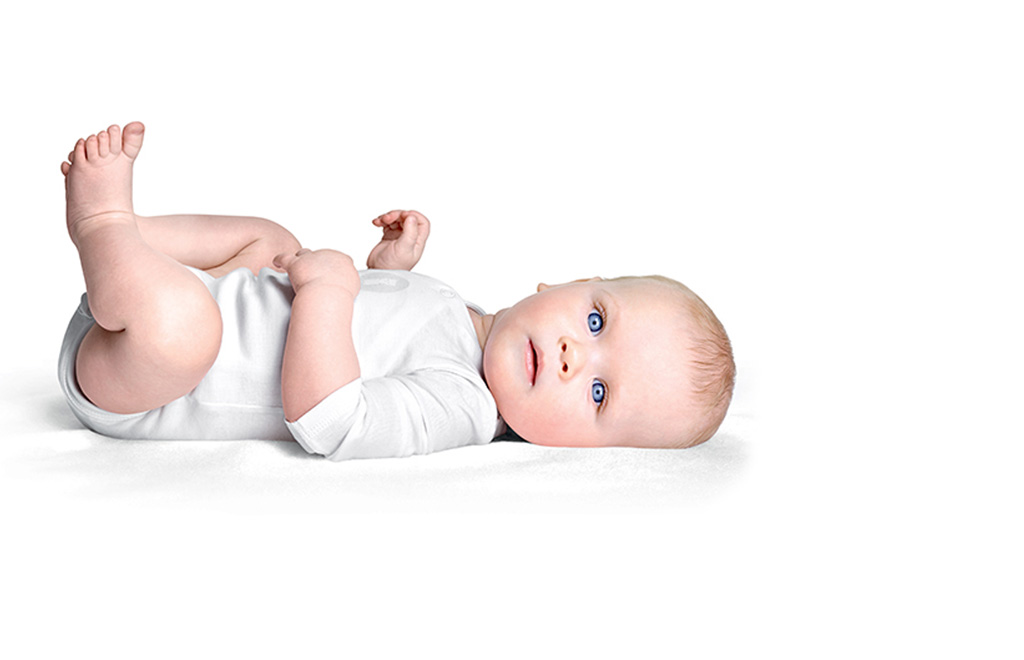Okaidi Design Philosophy

Introduction to Okaidi
Okaidi is a French children’s clothing brand founded in 1996. The brand specializes in designing and producing clothing that is both stylish and comfortable for children aged from birth to 14 years old. Okaidi’s mission is to create sustainable and durable clothing that meets the needs and desires of both children and parents.
Okaidi offers a wide range of products including clothing, accessories, footwear, and toys for both boys and girls. The brand’s collections are designed to be versatile, timeless, and playful, with a focus on quality and comfort.
In addition to its commitment to sustainable and ethical practices, Okaidi is also actively involved in social and environmental causes. The brand supports various initiatives aimed at protecting the environment, promoting education, and improving the lives of children worldwide.
Kaido’s Design Philosophy and Creative Process
Okaidi’s design philosophy revolves around creating children’s clothing that is not only stylish and comfortable, but also durable, ethical, and functional. The brand focuses on using high-quality fabrics and materials that are durable, breathable, and soft to ensure that children feel comfortable and confident in their clothing. Okaidi’s designs are also tailored to the child’s age, with attention to practicality and versatility.

The creative process at Okaidi involves collaborative efforts among designers, product managers, and technicians, as well as input from children and parents. The process begins with research and analysis of trends to identify emerging styles as well as popular colors, patterns, and fabrics. Okaidi also draws inspiration from art, culture, and nature to create unique and playful designs.
Once the design team has developed a concept, they create sketches and prototypes of the clothing, which are then presented to product managers for feedback and adjustments. The final designs are then sent to technicians who work on creating patterns, selecting fabrics, and testing the clothing for quality and comfort.
Okaidi’s design process also involves a commitment to sustainable and ethical practices. The brand uses eco-friendly materials such as organic cotton and recycled polyester and works with suppliers who prioritize sustainable and ethical practices. Okaidi also aims to minimize waste in its production process and offers a recycling program for its customers to encourage the reuse and repurposing of clothing.
Overall, Okaidi’s design philosophy and creative process are guided by a commitment to creating sustainable, functional, and high-quality clothing that meets the needs and desires of both children and parents.
Inspiration Behind Okaidi’s Designs and Collections
Okaidi’s designs and collections are inspired by various factors, including fashion trends, art, nature, and the needs of children and parents. The brand aims to create versatile, timeless, and playful clothing that is both stylish and comfortable for children to wear.

One of the main sources of inspiration for Okaidi’s designs is the latest fashion trends. The brand’s designers closely monitor emerging styles and colors and incorporate them into their designs in a child-appropriate manner. Okaidi also seeks to develop its own unique style and often combines different textures and patterns to create eye-catching and distinctive pieces.
Another significant source of inspiration for Okaidi is art and culture. The brand draws from a wide range of cultural references, from traditional French fashion to global trends and styles. Okaidi also collaborates with artists and illustrators to create unique prints and designs that capture the spirit of childhood.
Nature is also a key inspiration for Okaidi’s designs, often incorporating floral, animal, and other natural patterns into its collections. Okaidi’s designers also take into account changing seasons and weather conditions, creating clothing suited for different climates and activities.
Finally, Okaidi’s designs are also inspired by the needs of children and parents. The brand seeks to create functional and practical clothing that is easy to wear, care for, and move in. Okaidi also focuses on developing gender-neutral and inclusive designs that appeal to a wide range of children and families.
Overall, Okaidi’s designs and collections are inspired by a diverse range of sources and are guided by a commitment to creating sustainable, ethical, and stylish clothing for children.
Okaidi’s Design Process from Concept to End Product

The design process at Okaidi involves several stages, from concept development to the final production of clothing. Here’s an overview of the design process:
- Concept Development: The design process at Okaidi begins with research and analysis of trends to identify emerging styles and popular colors, patterns, and fabrics. Okaidi’s design team also draws inspiration from art, culture, and nature to create unique and playful designs. Once the design team has developed a concept, they create sketches and mood boards that illustrate the vision and overall aesthetic of the collection.
- Design Development: Once the concept is established, Okaidi’s designers create detailed sketches of each garment. These sketches include information about the fabric, colors, and details such as buttons, zippers, and pockets. The design team also creates patterns for each garment, which are used to cut the fabric during production.
- Fabric Selection: Once the designs are finalized, Okaidi’s product managers select the fabrics and materials for each garment. The brand prioritizes sustainable, soft, and high-quality materials such as organic cotton and recycled polyester. Okaidi’s product managers work closely with suppliers to ensure that the fabrics meet the brand’s standards for durability, softness, and breathability.
- Prototyping: Okaidi’s technicians create prototypes of each garment using the chosen fabrics and patterns. These prototypes are tested for fit, comfort, and durability, and any necessary adjustments are made before production begins.
- Production: Once the prototypes are approved, production begins. Okaidi’s technicians use the patterns to cut the fabric and sew the garments together. Each garment is inspected for quality before being packaged and shipped to stores.
- Sales and Distribution: Okaidi’s finished products are sold through its online store and physical stores worldwide. The brand also collaborates with other retailers to distribute its products.
Overall, Okaidi’s design process is guided by a commitment to creating sustainable, ethical, and high-quality clothing that is both stylish and functional for children. The brand’s designers and product managers work together to create versatile and timeless collections that appeal to both children and parents.




